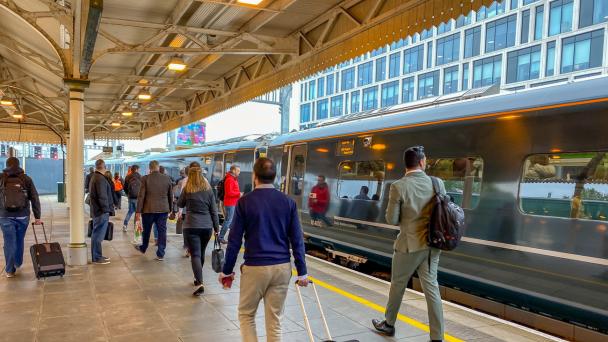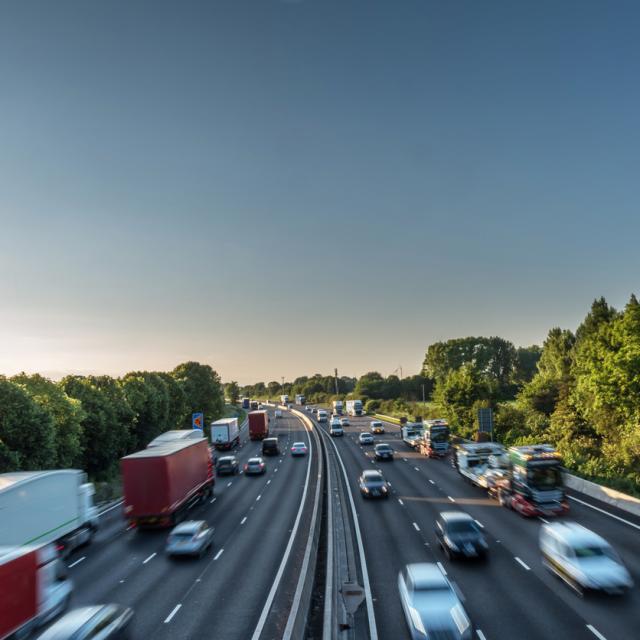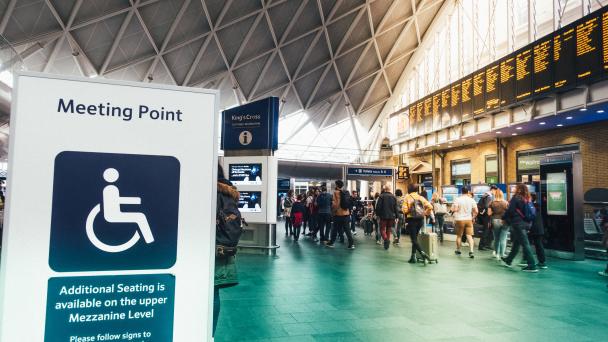Safety perceptions when walking, cycling and using public transport in England


The National Travel Survey is a household survey of personal travel by residents of England travelling within Great Britain. The data collected via interviews and a 7-day travel diary is used by the Government to develop its transport policy and make sure transport plans meet England’s travel needs.
The latest National Travel Survey report was published in August 2025 by the Department for Transport. This report covers the full survey year 2024.
People living in England made on average 922 trips on average in 2024. Average trips made by people living in England have increased by 0.7% in 2024 compared to 2023 (915 trips on average). Trip rates remain lower than in 2019 with a decrease of 3% compared to 2024 (953 trips on average).
The average distance travelled in 2024 was 6,082 miles, a 2% increase compared to 2023 (5,974 miles on average) but a decrease of 6% compared to 2019 (6,500 miles on average). The longest distance travelled was for commuting with 1,007 miles per person in 2024, a decrease of 5% compared to 2023 (1,055 miles per person).
On average, in 2024 people spent 362 hours travelling, a 2% increase compared to 2023 (353 hours on average), but a 2% decrease compared to 2019 (370 hours on average).
The 2024 trip rates using active transport modes (such as walking and cycling) and cars (as drivers and passengers) remained similar to 2023. The rates, however, remained slightly below pre-pandemic levels. Trips made by car remained the most frequent mode of trips, making up 59% of all trips, and 76% of miles travelled. Females made more car trips than males, however, males made longer car journeys than females.
The most common trip purpose in 2024 was shopping with 167 trips per person. This was similar to 2023 (169 trips per person), but remains less than pre-pandemic levels in 2019 (181 trips per person). Commuting was the second most common trip purpose in 2024 with 111 trips per person. This remained similar to 2023 (117 trips per person), and a decrease of 21% compared to 2019 (140 trips per person). Average trips for business, personal business and day trips increased during 2024 compared to 2023.
Click on the links below to read the mid-year findings and technical note.


 Blog
Blog

Receive a regular update, sent directly to your inbox, with a summary of our current events, research, blogs and comment.
Subscribe